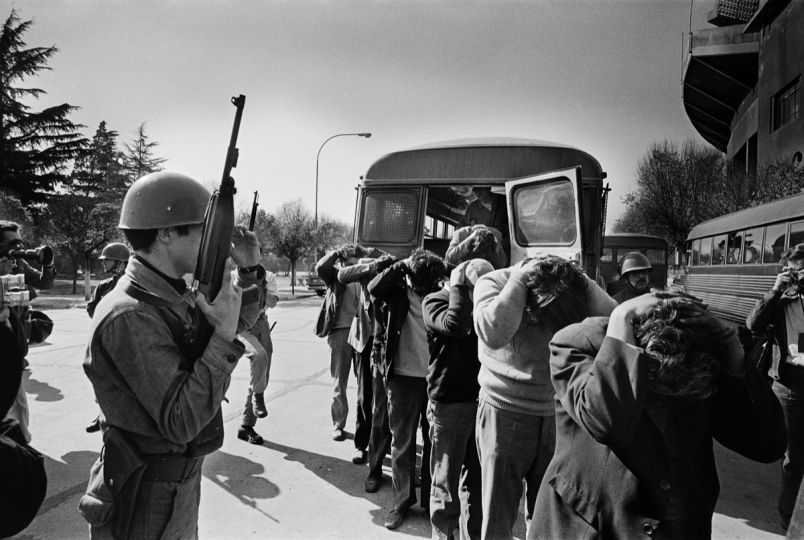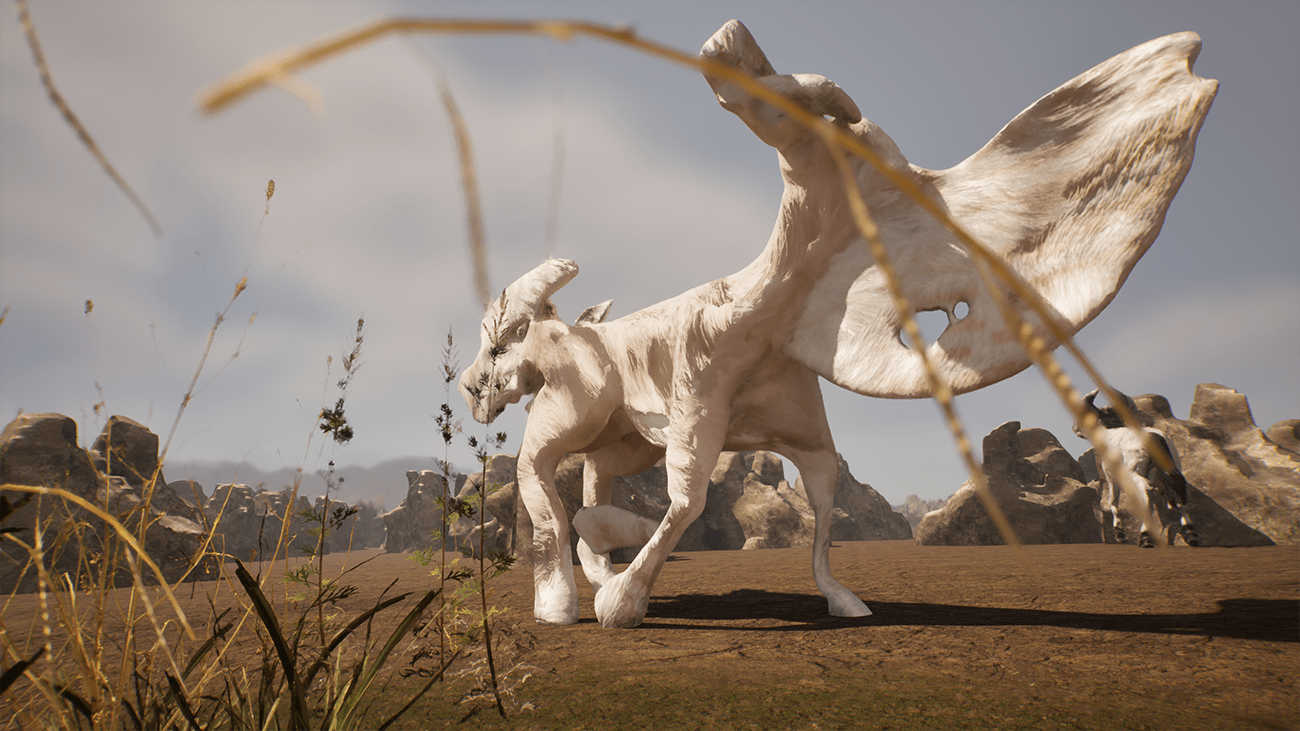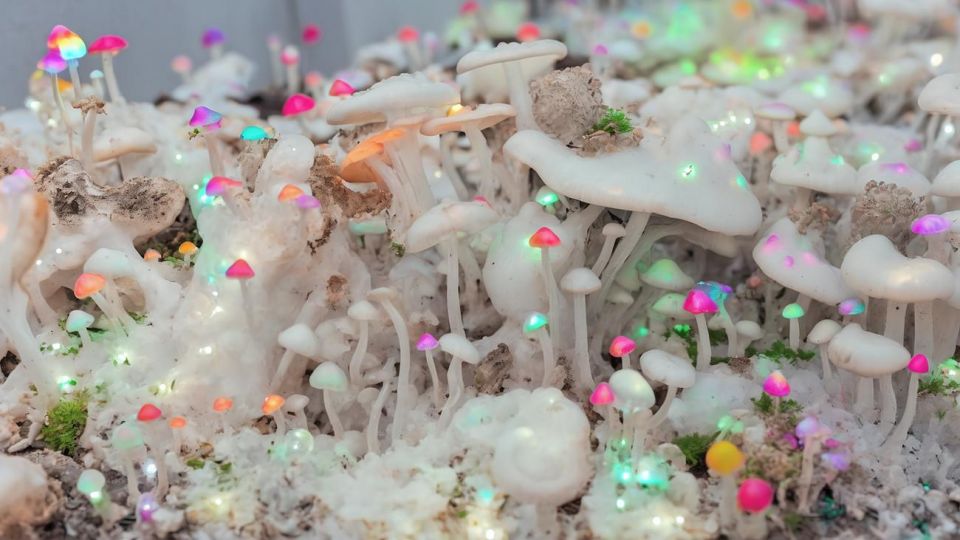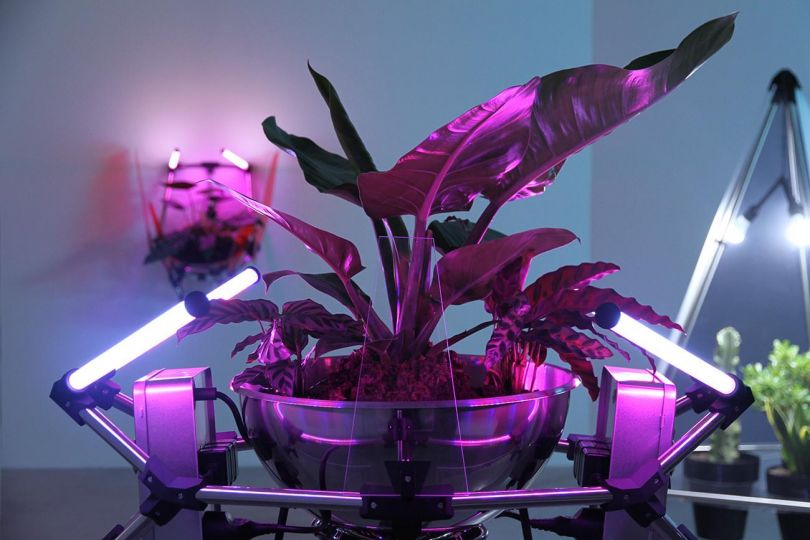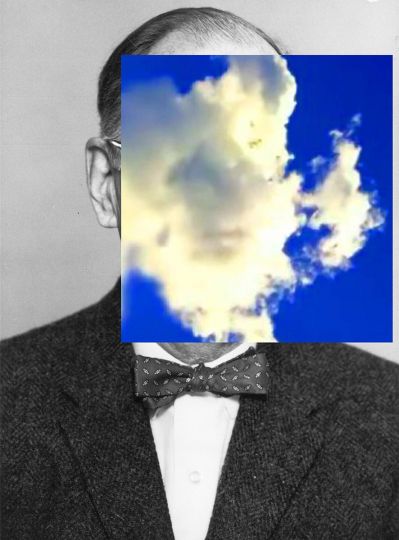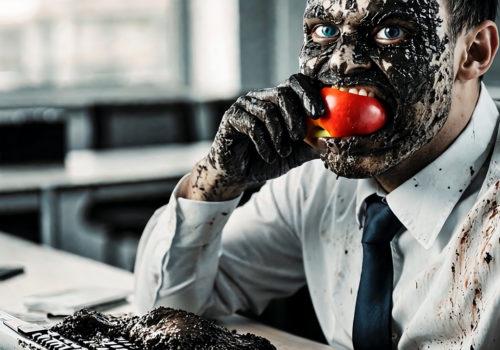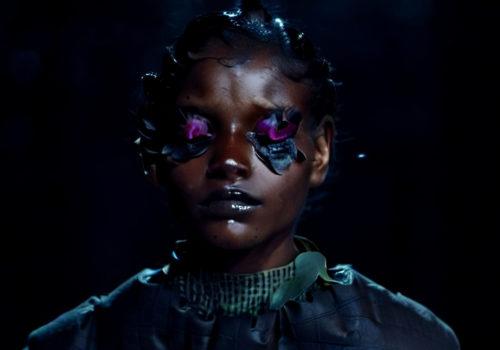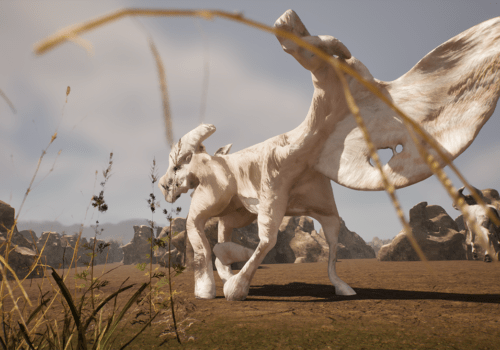The work of Koen Wessing is a testimony of the history of the post-war period: decolonization, violence and barbarism in Latin America, the disintegration of the Soviet bloc, the war in Yugoslavia, apartheid in South Africa, the resurgence of China. In the exhibition “Koen Wessing. The indelible image “, the Jeu de Paume – Château de Tours presents a set of 80 prints, as well as screenings and a filmed interview with Dutch cinematographer and cinematographer Kees Hin.
Koen Wessing was born in Amsterdam in 1942 under German occupation. His father, Han Wessing, is an interior designer; his mother, Eva Eisenloeffel, a sculptor. He died in 2011, on the eve of a trip to Chile. Very ill, he wanted to go to the opening of “Imágenes Indelebles / Indelible Images”, exhibition presenting for the first time in Santiago de Chile his famous photographs of the military coup of 1973 and the overthrow of Salvador Allende’s government.
Koen Wessing grew up after the war in a milieu of Dutch intellectuals. Many people of his generation were made aware of the violence, misery and genocide that ended immediately before or after their birth, and were educated with thoughts of reconstruction, resilience, with the optimism and social progress that characterized the years of their adolescence. Several great photographers had contributed to the production of false papers for the benefit of the hidden Jews, or made harrowing photographs of the last winter of the Second World War, the “hunger winter”, a famine in which thousands of Dutch died . Such was the essence of the documentary photography published at the time in the press, in parallel with the photography which worked for the glory of the reconstruction of the Netherlands. These two genres were deeply rooted in the new photography that had emerged in the inter-war period.
A younger generation of Dutch photographers, Ed van der Elsken, his Hungarian wife Ata Kandó, Johan van der Keuken and many others, are at that time travelling and working abroad, while Wessing becomes a self taught photographer, assisting Ed van der Elsken for two years in his work.
Globe-trotter born, Koen Wessing begins to cross Europe hitchhiking; later, he frequently financed his travels by borrowing money, traveling where he feels called to go. In May 1968, it’s in Paris. In 1969, he took photographs in Het Maagdenhuis, the busy administrative center of the University of Amsterdam, and built a temporary bridge over an alley between the university building and a neighboring building to bypass the blockade organized by the police and pass on his rolls of film. This anecdote will become legendary.
Like these famous words that we never forget once we’ve read them, some of Wessing’s images remain etched in the memory, not seeming to bear on a particular moment of the past, but on something more universal. His pictures show us the damned of the earth, “without, however, dehumanizing them, without assigning them the role of victim: they remain our fellows. Often, Koen Wessing goes looking for those who mourn the dead he met, or those who try to find their “Disappeared”.
Koen Wessing is the author of several books, including Chile, September 1973; Nicaragua ’78; Flashes from South Africa; from Chile to Guatemala: Ten Years in Latin America; Koen Wessing in China and Tibet; Fotografía. El arte de visibilizar the pregunta. His work has been presented at numerous solo and group exhibitions, including “Nicaragua in El Salvador”.
An album is published on the occasion of the exhibition.
Curator: Jeroen de Vries
Koen Wessing – The indelible image
from November 17, 2018 to June 02, 2019
Castle of Tours
25, avenue André-Malraux
37000 Tours

